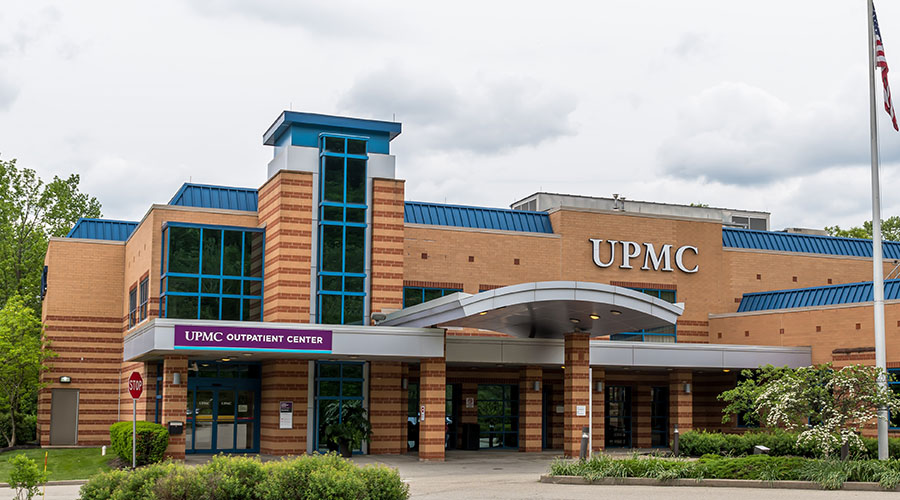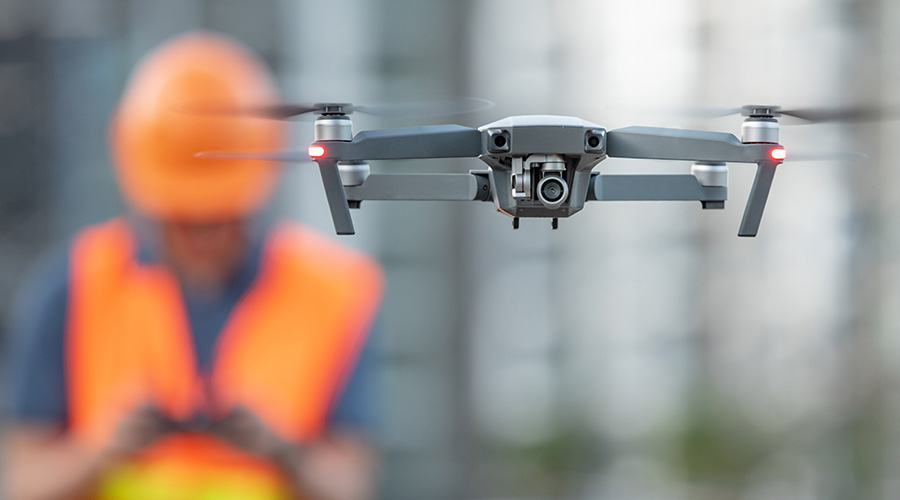 Laurie Gilmer, P.E., CFM, SFP, LEED AP, CxA
Laurie Gilmer, P.E., CFM, SFP, LEED AP, CxAWants vs. Needs: Successful Technology Selection and Implementation
Columnist Laurie Gilmer helps managers selecting new technology separate shiny new gadgets from systems that deliver
One important benefit of an engaged workforce — the topic of my November/December 2019 column — is the range of efficiencies that it leads to.
“But isn’t technology a fundamental building block of efficient operations?” you might ask. Well, yes. But one lesson we have learned about our engagement with technology is that while it can lead to and facilitate fabulous advances in our work, when employed as an end in and of itself, it can lead to distraction, ineffectiveness, and a waste of resources.
Too often, technology projects in facilities fail. Did the planning go wrong? Or the selection process? Maybe it was the implementation. Unfortunately, several common issues occur at every phase of technology implementation.
When selecting a new technology application — whether a computerized maintenance management system (CMMS), an integrated work management system (IWMS), an emergency event communication system, or any other system — the process is the same.
The key in facilities is to effectively select and implement those technological tools that will help managers and front-line technicians understand, manage and execute their work. Managers can ensure successful specification and implementation by taking eight important steps.
Specification strategy
Define the desired outcome. What do you want to achieve with the new technology? What will the hallmarks of success be? Identifying criteria for success is paramount. Doing this correctly requires engagement with stakeholders who will work with and around the new system. The desired outcome and success criteria set the tone and the path for everything that follows.
Prepare the project plan. With the desired outcome defined, identify the steps to put in place, the tasks to handle and the timeline on which tasks will happen. Establish milestones for major decision points, deliverables and communications to the team. Outline tactics for engaging stakeholders throughout the information-gathering and decision-making processes
Assess the gaps. What is the department doing now, and what would you like it to do? What processes should be in place to support your desired outcome? For example, if you are selecting a new CMMS, you typically review processes related to work orders, preventive maintenance, inspections, the decommissioning or commissioning of new equipment, and capital planning.
Review current processes. Are they well documented? Is it clear what must be done? How consistently are the processes executed? Is the information they produce used consistently to inform decisions? What technology touch points exist? Touch points exist where we define types of data, the way it will be handled, where customers initiate requests, where users pull data and input data and where we synthesize data to pull reports. They also can exist where the new technology will interact with existing technology.
Processes might be missing or, more likely, need to be tuned up. This is the stage at which managers can use a critical eye on the program to determine where the gaps are between the way the program functions and the way to meet the desired outcomes with the selection and implementation of new technology.
Related Topics:














